Rising Urbanization
Rising urbanization is a critical factor influencing the Perimeter Protection Market. As urban areas expand, the need for effective security solutions becomes increasingly paramount. Urban environments often face unique security challenges, including higher crime rates and increased foot traffic, necessitating the implementation of robust perimeter protection systems. The proliferation of residential and commercial developments in urban settings drives demand for advanced security measures, such as fencing, gates, and surveillance systems. Furthermore, urban planners and developers are increasingly recognizing the importance of integrating security features into new constructions. This trend is likely to continue, as urbanization shows no signs of slowing down. The intersection of urban growth and security needs presents a significant opportunity for the perimeter protection market, as stakeholders seek to create safer living and working environments.
Regulatory Compliance
Regulatory compliance is a significant driver in the Perimeter Protection Market, as organizations are mandated to adhere to various security standards and regulations. Compliance with industry-specific regulations, such as those governing data protection and physical security, necessitates the implementation of robust perimeter security measures. Failure to comply can result in substantial fines and reputational damage. Consequently, businesses are compelled to invest in perimeter protection solutions that not only meet regulatory requirements but also enhance their overall security posture. The increasing complexity of regulations across different regions further emphasizes the need for comprehensive security strategies. As organizations strive to align with these regulations, the demand for perimeter protection systems that facilitate compliance is expected to grow, thereby influencing market dynamics.
Technological Advancements
Technological advancements play a pivotal role in shaping the Perimeter Protection Market. Innovations in surveillance technology, such as high-definition cameras, motion detection systems, and artificial intelligence, are revolutionizing how organizations approach perimeter security. These technologies not only enhance the effectiveness of security measures but also improve operational efficiency. For instance, the integration of AI-driven analytics allows for real-time monitoring and threat assessment, enabling quicker response times to potential breaches. The market is witnessing a shift towards smart perimeter solutions that offer remote monitoring capabilities and automated alerts. As organizations increasingly adopt these advanced technologies, the demand for sophisticated perimeter protection systems is expected to rise, further propelling market growth. The continuous evolution of technology suggests that the industry will likely see new entrants and innovative solutions in the coming years.
Increasing Security Concerns
The Perimeter Protection Market is experiencing a surge in demand due to escalating security concerns across various sectors. Organizations are increasingly investing in perimeter security solutions to safeguard their assets from unauthorized access and potential threats. According to recent data, the market is projected to grow at a compound annual growth rate of approximately 7.5% over the next five years. This growth is driven by heightened awareness of security risks, including theft, vandalism, and terrorism. As a result, businesses are prioritizing the implementation of advanced perimeter protection systems, which include barriers, surveillance cameras, and access control technologies. The need for enhanced security measures is particularly pronounced in critical infrastructure sectors such as transportation, energy, and government facilities, where the consequences of security breaches can be severe.
Growing Awareness of Safety and Security
Growing awareness of safety and security issues is a prominent driver in the Perimeter Protection Market. As individuals and organizations become more cognizant of the potential risks associated with inadequate security measures, there is a marked increase in the demand for perimeter protection solutions. This heightened awareness is fueled by media coverage of security breaches and incidents, prompting businesses to reassess their security strategies. The market is witnessing a shift towards proactive security measures, with organizations investing in comprehensive perimeter protection systems that encompass physical barriers, surveillance, and access control. Additionally, educational campaigns and community initiatives aimed at promoting safety are contributing to this trend. As awareness continues to rise, the demand for effective perimeter protection solutions is expected to grow, further driving market expansion.
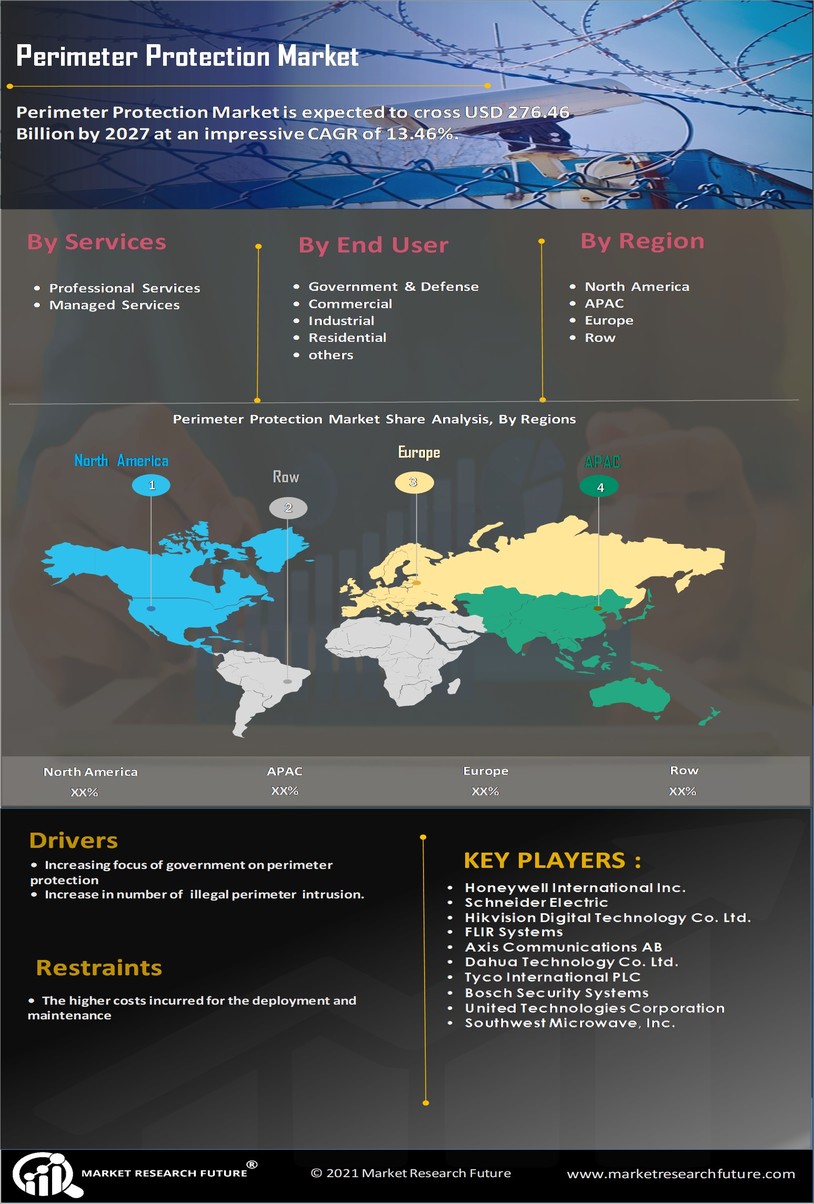

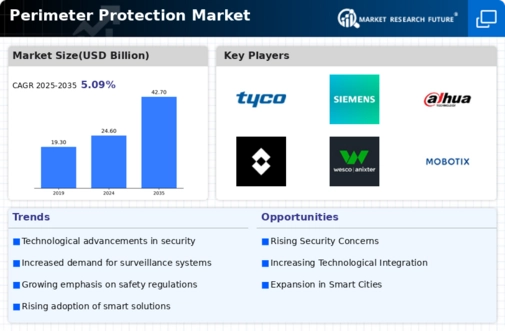
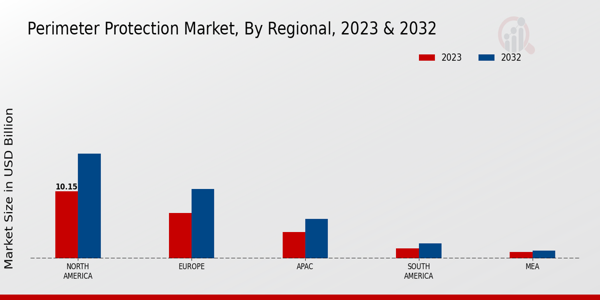
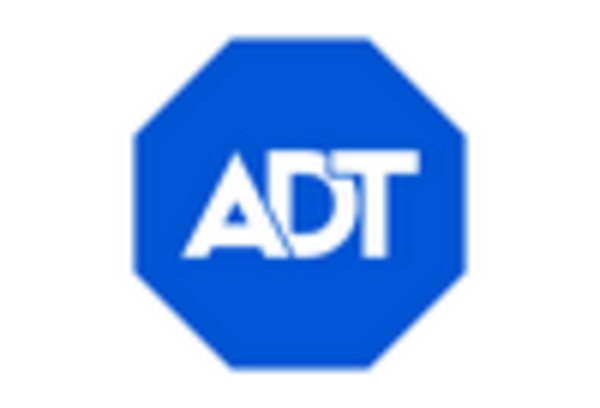
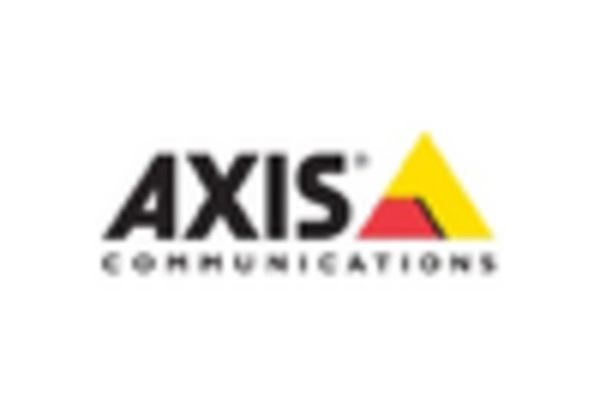
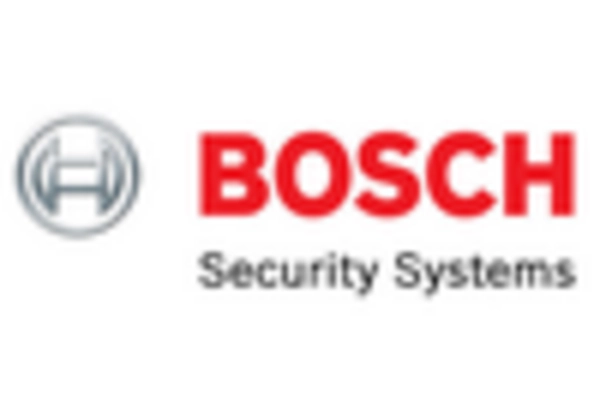


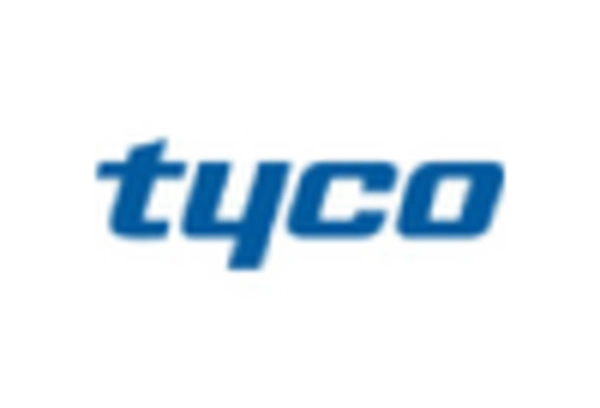








Leave a Comment